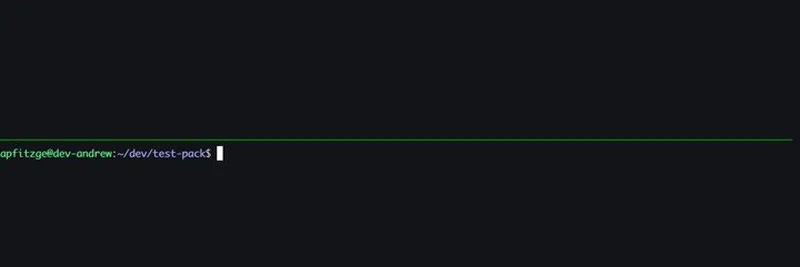Hot Swapping Blockchain Schedulers: The Future of Deploying Changes
In the ever-evolving world of blockchain technology, efficiency and speed are paramount. Recently, Andrew Fitzgerald, a prominent figure in the blockchain space, shared an exciting development on X (formerly Twitter) that has caught the attention of many in the industry. Fitzgerald's post highlights the ease and speed of hot swapping between internal and external schedulers, a process that promises to significantly enhance the deployment of changes in blockchain systems.
What is Hot Swapping in Blockchain?
Hot swapping, in the context of blockchain, refers to the ability to change components of a system without interrupting its operation. This is particularly crucial for schedulers, which are responsible for managing the timing and execution of transactions within a blockchain network. Traditionally, altering these schedulers could be a cumbersome process, often requiring downtime and extensive reconfiguration. However, Fitzgerald's demonstration shows a seamless transition that can be completed in mere seconds.
The Demonstration
Fitzgerald's tweet includes a video that showcases the process of switching between different scheduler configurations. The video captures the following key moments:
- Initial Setup: The video begins with the blockchain system running on an internal scheduler, logging status messages and received TPU (Transaction Processing Unit) packets.
- Switch to External Scheduler: The system is then switched to an external scheduler, which handles the selection of transactions for inclusion in blocks.
- Return to Internal Scheduler: Finally, the system reverts back to the internal scheduler, all within a span of 10 seconds.
This rapid switching is made possible by the underlying infrastructure developed by InfraSOS, a company known for its innovative approaches to blockchain technology.
Why This Matters
The ability to hot swap schedulers has several implications for the blockchain industry:
- Reduced Downtime: Traditional methods of updating blockchain systems often require significant downtime, which can be detrimental to network operations. Hot swapping minimizes this downtime, ensuring continuous operation.
- Increased Flexibility: Developers can experiment with different scheduler configurations without the fear of disrupting the network. This flexibility is crucial for testing and optimizing performance.
- Enhanced Efficiency: The speed of deployment demonstrated by Fitzgerald means that changes can be implemented almost instantly, allowing for quicker responses to network demands and issues.
Technical Insights
For those with a technical background, the process involves several key steps:
- Configuration Management: The system must maintain multiple configurations for different schedulers, allowing for quick switches between them.
- State Preservation: During the swap, the system must preserve the current state to ensure that ongoing operations are not interrupted.
- Real-time Logging: Continuous logging of status messages and TPU packets helps in monitoring the system's performance and ensuring that the swap is successful.
The Future of Blockchain Deployment
Fitzgerald's work with InfraSOS is a glimpse into the future of blockchain technology. As the industry moves towards more dynamic and responsive systems, the ability to hot swap critical components like schedulers will become increasingly important. This development not only enhances the technical capabilities of blockchain networks but also opens up new possibilities for innovation and improvement.
Conclusion
The hot swapping of blockchain schedulers, as demonstrated by Andrew Fitzgerald, represents a significant advancement in the field. It offers a glimpse into a future where deploying changes can be done swiftly and efficiently, minimizing downtime and maximizing flexibility. For blockchain practitioners and enthusiasts, this is a development worth watching closely.
Stay tuned to Meme Insider for more updates on the latest technological advancements in the blockchain space.


